Cordillera Administrative Region Attractions: A Guide to the Top Tourist Spots in Northern Luzon
The Cordillera Administrative Region (CAR) is a picturesque region in the northern part of Luzon Island in the Philippines. It is a landlocked region bordered by the Ilocos Region to the west and the Cagayan Valley Region to the north. The region has six provinces: Abra, Apayao, Benguet, Ifugao, Kalinga, and Mountain Province.
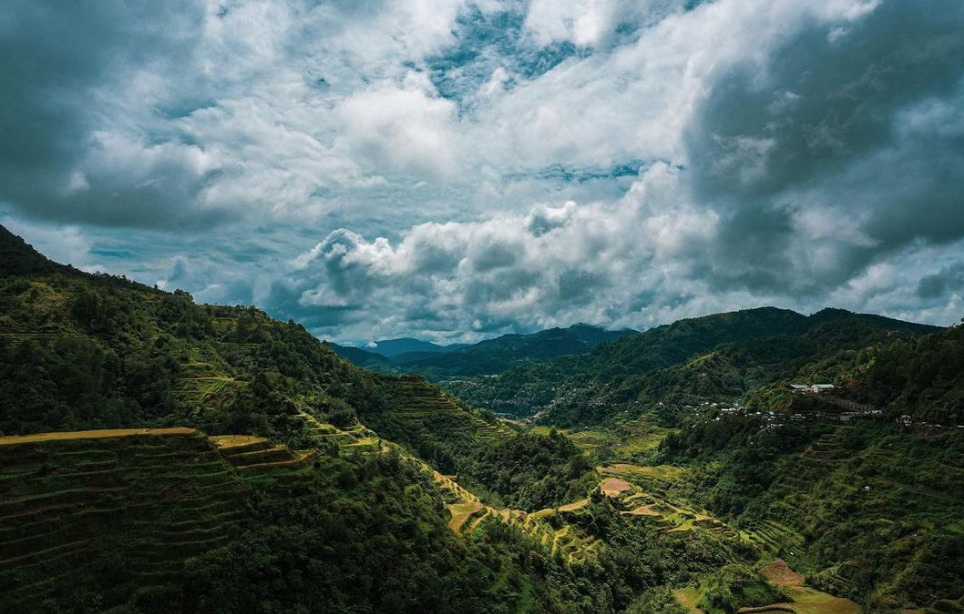
The Cordillera Administrative Region is known for its breathtaking natural wonders, rich cultural heritage, and vibrant festivals. Tourists can explore the region’s stunning rice terraces, towering mountains, and cascading waterfalls. They can also experience the unique culture of the region’s indigenous peoples, who have preserved their traditions and way of life for centuries. Some of the popular festivals in the region include the Panagbenga Festival in Baguio City and the Kalinga Bodong Festival in Kalinga Province.
Table of Contents
Overview of Cordillera Administrative Region
Cordillera Administrative Region, also known as CAR, is a landlocked region located in the northern part of Luzon Island in the Philippines. It is composed of six provinces, namely Abra, Apayao, Benguet, Ifugao, Kalinga, and Mountain Province, as well as the chartered City of Baguio. The region is primarily mountainous, with the Cordillera Central mountain range running through its center, earning it the nickname “The Cordilleras.”
The Cordillera Administrative Region is known for its rich cultural heritage and scenic natural attractions. The region is home to various indigenous communities, collectively known as the Igorots, who have a unique way of life and traditions that have been preserved for centuries. The region is also known for its picturesque landscapes, which include rice terraces, waterfalls, and mountain peaks.
One of the most popular attractions in the Cordillera Administrative Region is the Banaue Rice Terraces, which is a UNESCO World Heritage Site. The rice terraces were built by the Ifugao people over 2,000 years ago and are considered a marvel of engineering and a testament to the ingenuity of the Igorots. Other notable attractions in the region include the Sagada Caves, the Mount Pulag National Park, and the Tam-Awan Village.
The Cordillera Administrative Region is also known for its festivals, which celebrate the region’s rich cultural heritage. One of the most popular festivals is the Panagbenga Festival, which is held in Baguio City and showcases colorful flower floats and street dances. Other festivals in the region include the Kalinga Bodong Festival, the Apayao Matagoan Festival, and the Benguet Adivay Festival.
Major Cities and Provinces
The Cordillera Administrative Region (CAR) is composed of six provinces and two cities. Each province and city has its own unique attractions and destinations that tourists can explore.
Baguio City
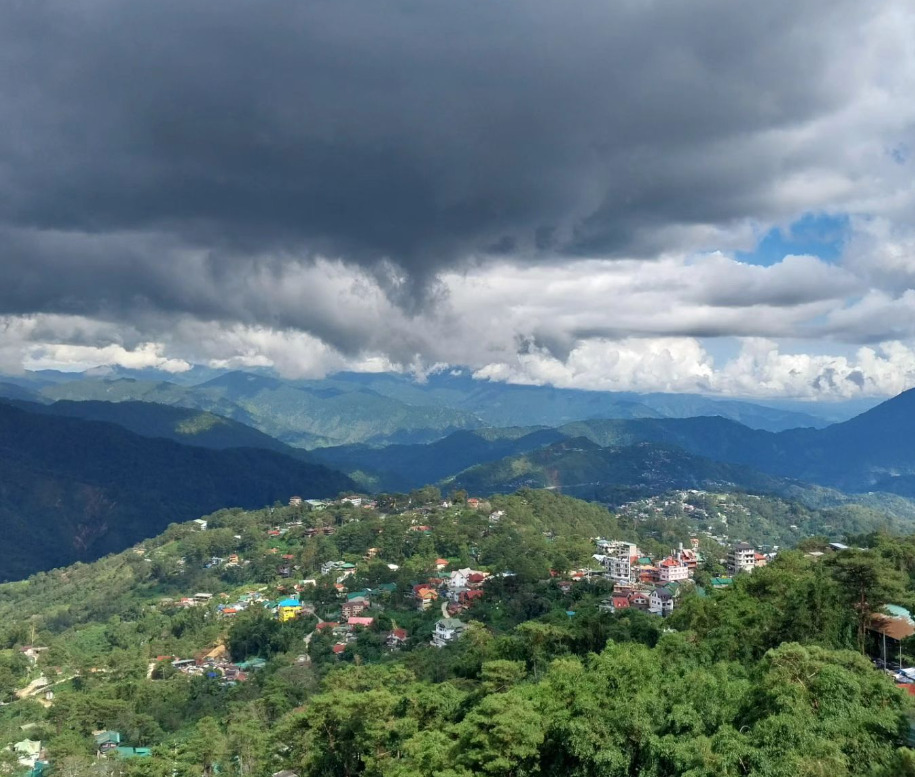
Baguio City is the regional center of the CAR and is known as the “City of Pines.” It is a popular tourist destination due to its cool climate and scenic views. Tourists can visit Burnham Park, Mines View Park, and the Tam-Awan Village to experience the city’s natural beauty and culture. Baguio City is also home to the famous Baguio Cathedral and the BenCab Museum.
Abra
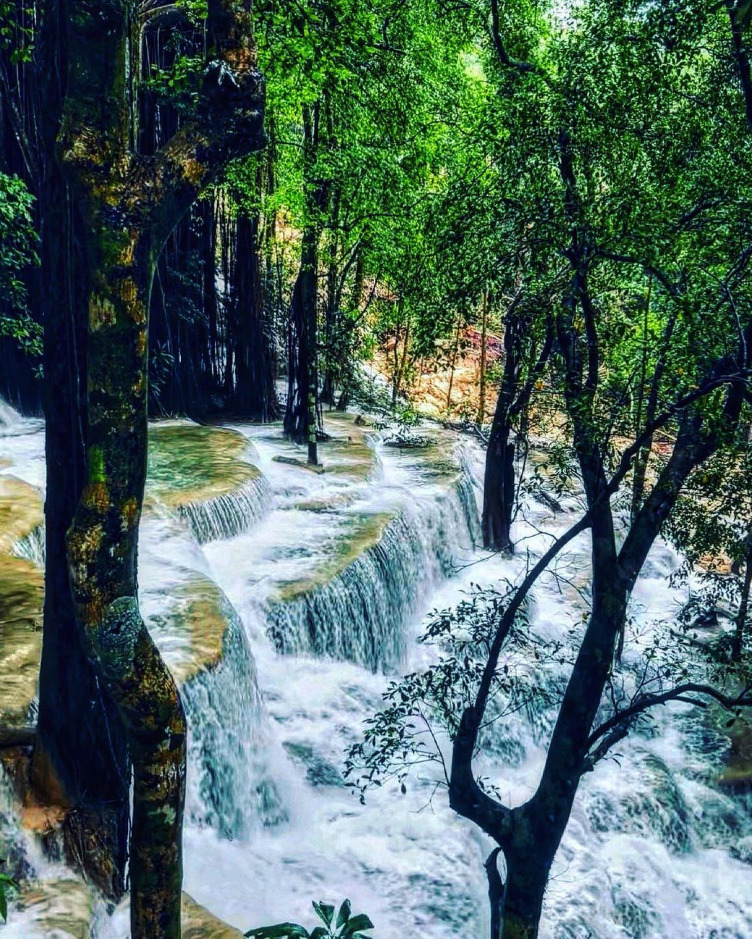
Abra is a landlocked province in the CAR known for its natural wonders and cultural heritage. Tourists can explore the Kaparkan Falls and the Tangadan Tunnel, which is a historical landmark that dates back to the Spanish colonial period. Abra is also home to the Bangued Cathedral, which is a popular destination for religious pilgrims.
Apayao
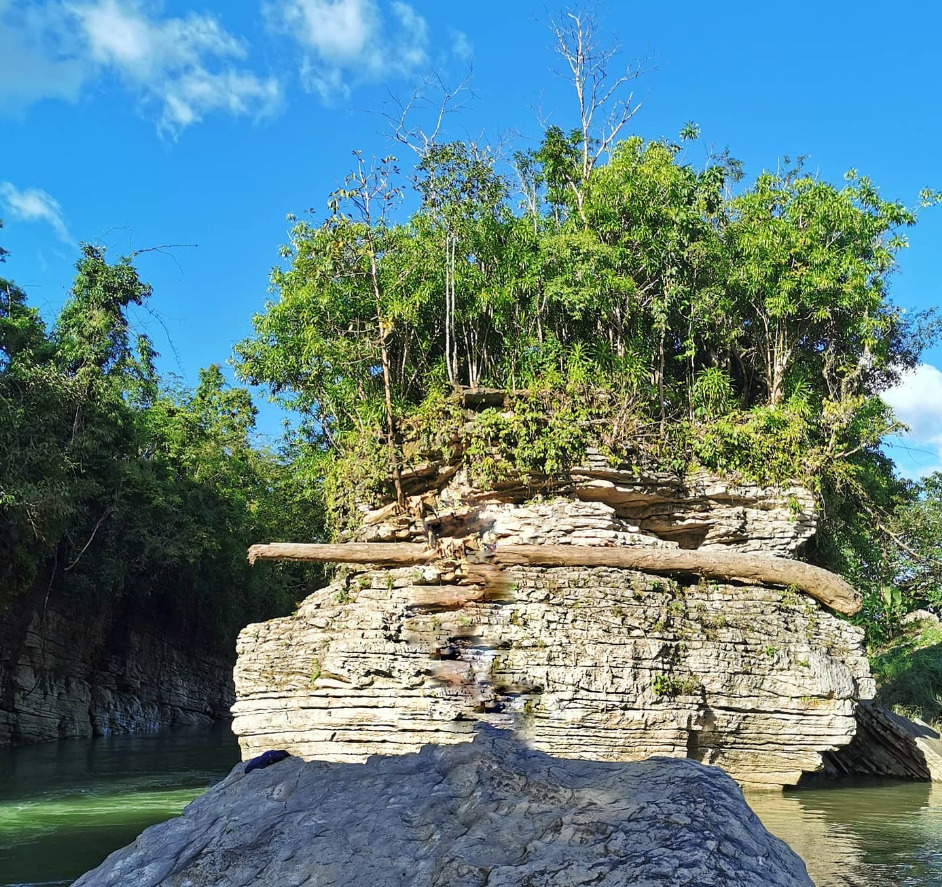
Apayao is the northernmost province in the CAR and is known for its rugged terrain and natural beauty. Tourists can explore the Pudtol Cave and the Maton Underground River, which are popular attractions for adventure seekers. Apayao is also home to the Apayao River, which is a popular destination for white water rafting.
Benguet
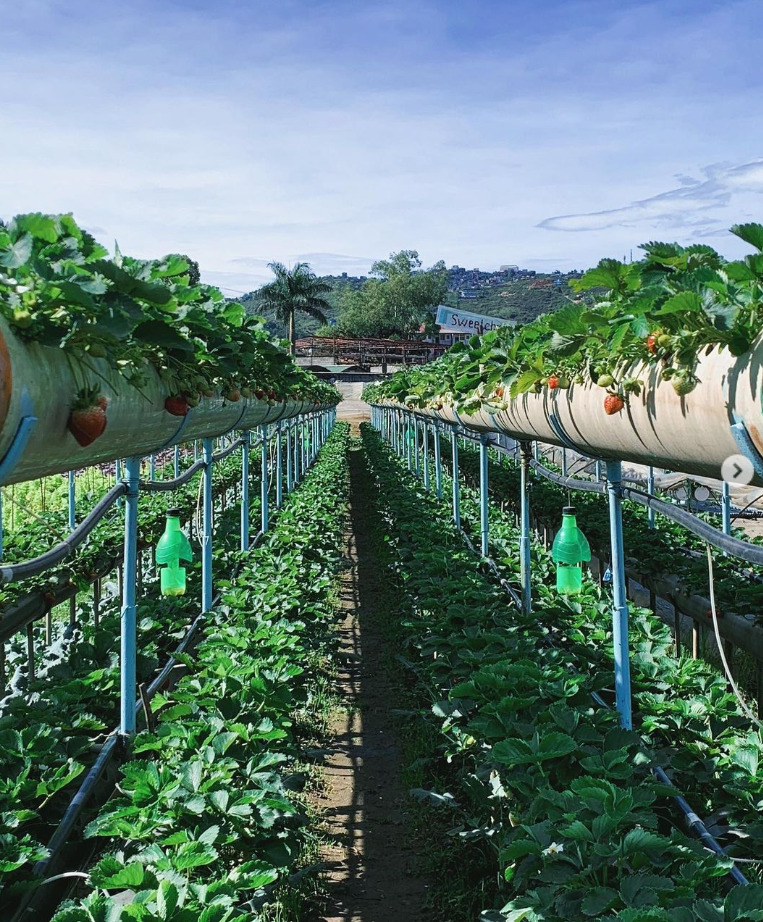
Benguet is a mountainous province in the CAR known for its scenic views and agricultural products. Tourists can visit the Strawberry Farm in La Trinidad and the Mount Pulag National Park to experience the province’s natural beauty. Benguet is also known for its coffee and vegetable plantations, which tourists can visit and explore.
Ifugao
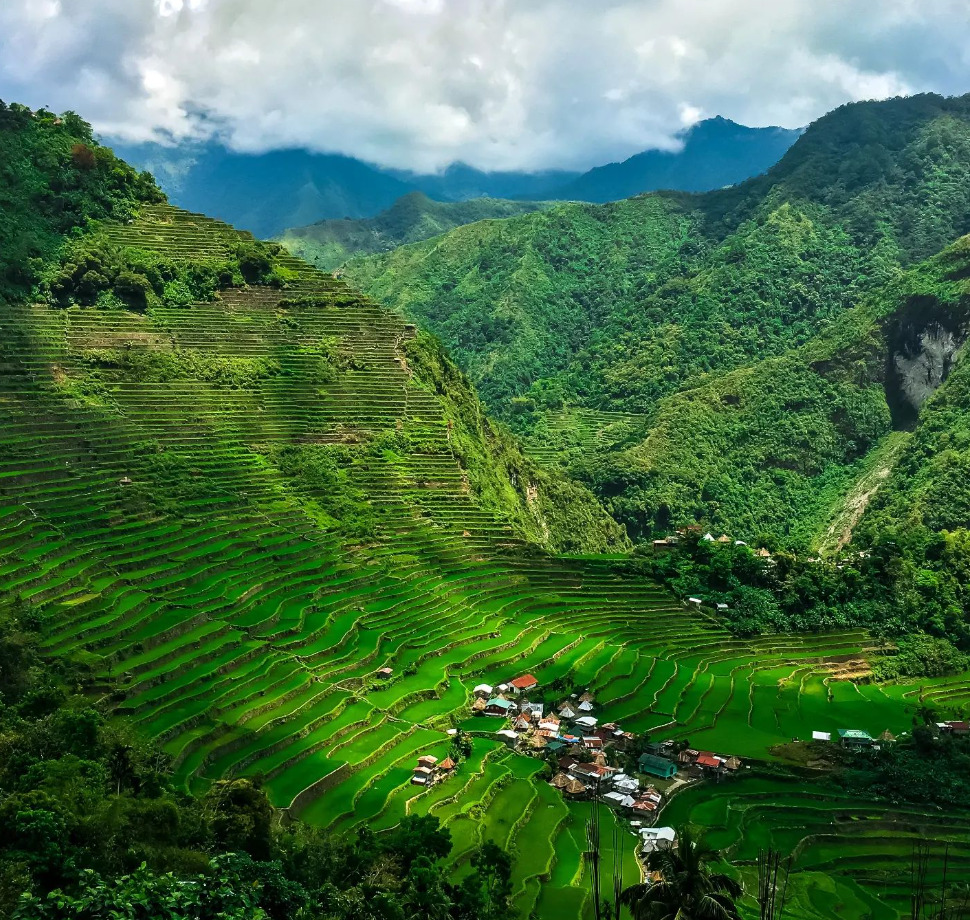
Ifugao is a landlocked province in the CAR known for its rice terraces, which are a UNESCO World Heritage Site. Tourists can explore the Banaue Rice Terraces and the Batad Rice Terraces to experience the province’s natural beauty and cultural heritage. Ifugao is also home to the Ifugao Museum, which showcases the province’s history and culture.
Kalinga
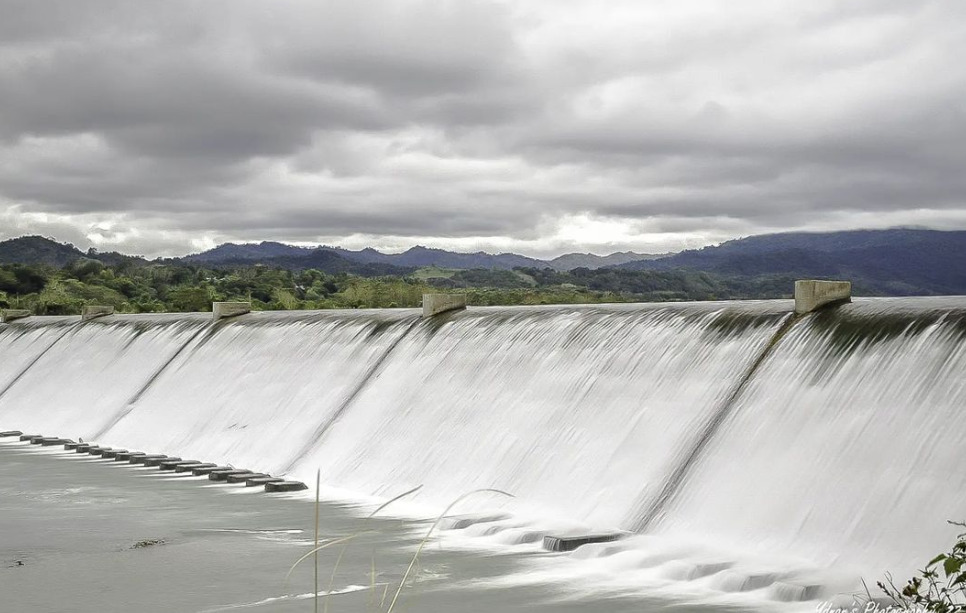
Kalinga is a landlocked province in the CAR known for its cultural heritage and natural wonders. Tourists can visit the Tabuk City Museum and the Lubuagan Museum to learn about the province’s history and culture. Kalinga is also home to the Chico River, which is a popular destination for white water rafting.
Mountain Province
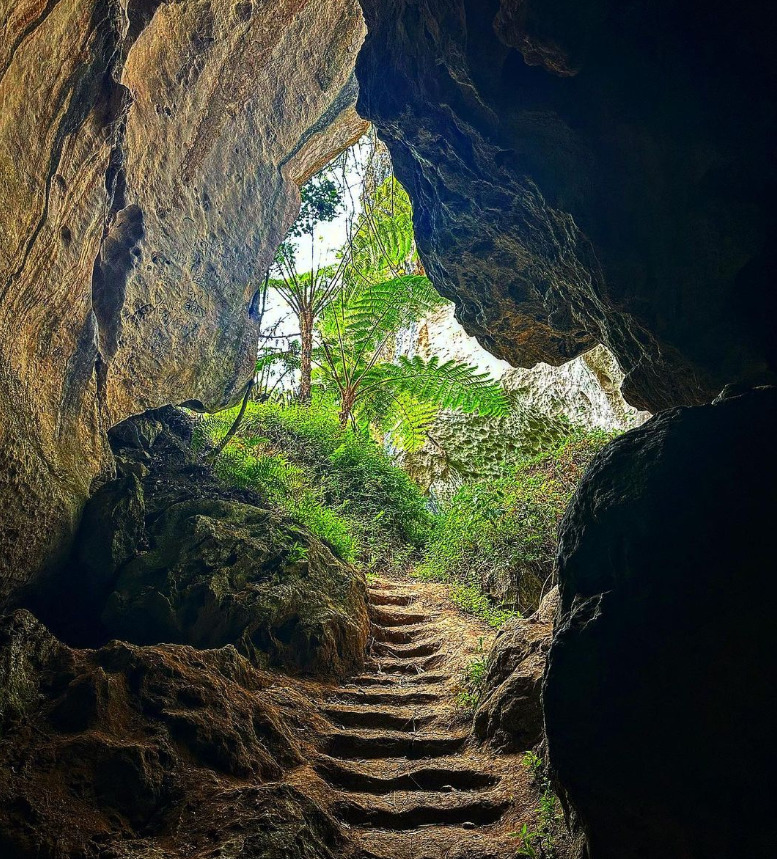
Mountain Province is a mountainous province in the CAR known for its natural beauty and cultural heritage. Tourists can explore the Sagada Cave and the Bontoc Museum to experience the province’s history and culture. Mountain Province is also home to the Mount Data National Park, which is a popular destination for hiking and camping.
Famous Attractions
The Cordillera Administrative Region is home to some of the most breathtaking attractions in the Philippines. Here are some of the most famous attractions in the region:
Banaue Rice Terraces
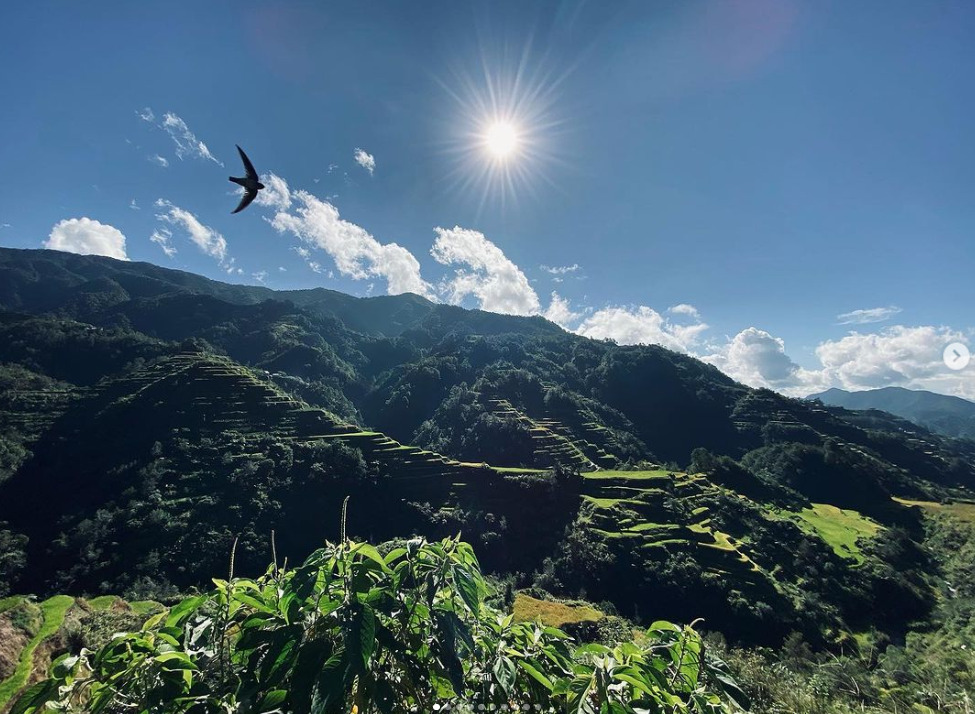
The Banaue Rice Terraces are a UNESCO World Heritage Site and are often referred to as the “Eighth Wonder of the World.” These terraces were built over 2,000 years ago by the Ifugao people and are still used for farming today. Visitors can take a guided tour of the area to learn about the history and culture of the Ifugao people.
Batad Rice Terraces
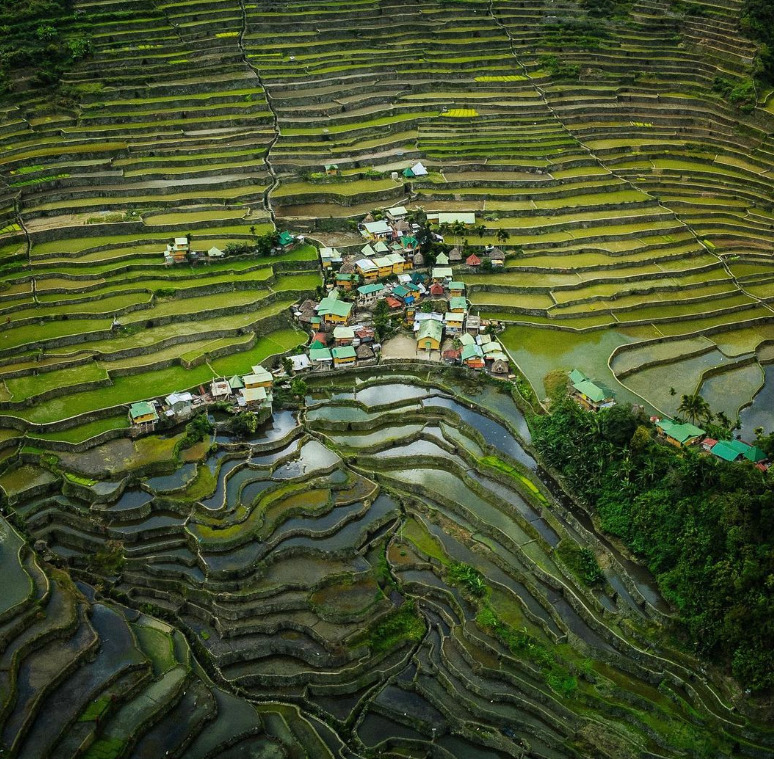
The Batad Rice Terraces are another UNESCO World Heritage Site located in Ifugao province. These terraces are known for their amphitheater-like shape and are considered to be some of the most beautiful rice terraces in the world. Visitors can hike to the terraces and even stay in a traditional Ifugao hut.
Sagada Hanging Coffins
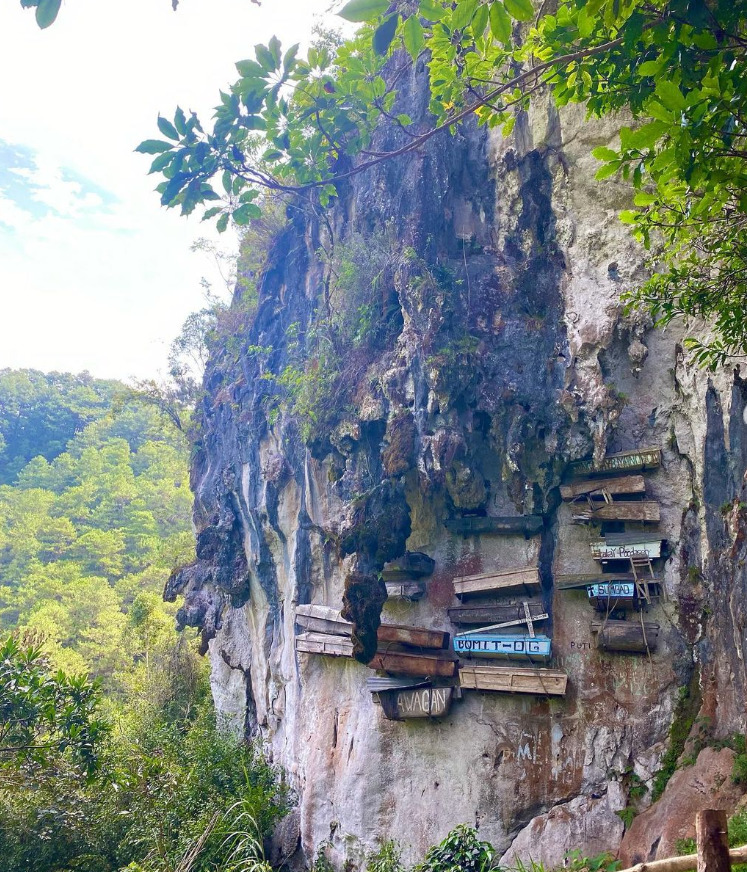
The Sagada Hanging Coffins are a unique burial tradition of the Igorot people. The coffins are hung on the side of cliffs and were believed to bring the deceased closer to their ancestral spirits. Visitors can take a guided tour of the area to learn about the tradition and the history of the Igorot people.
Burnham Park
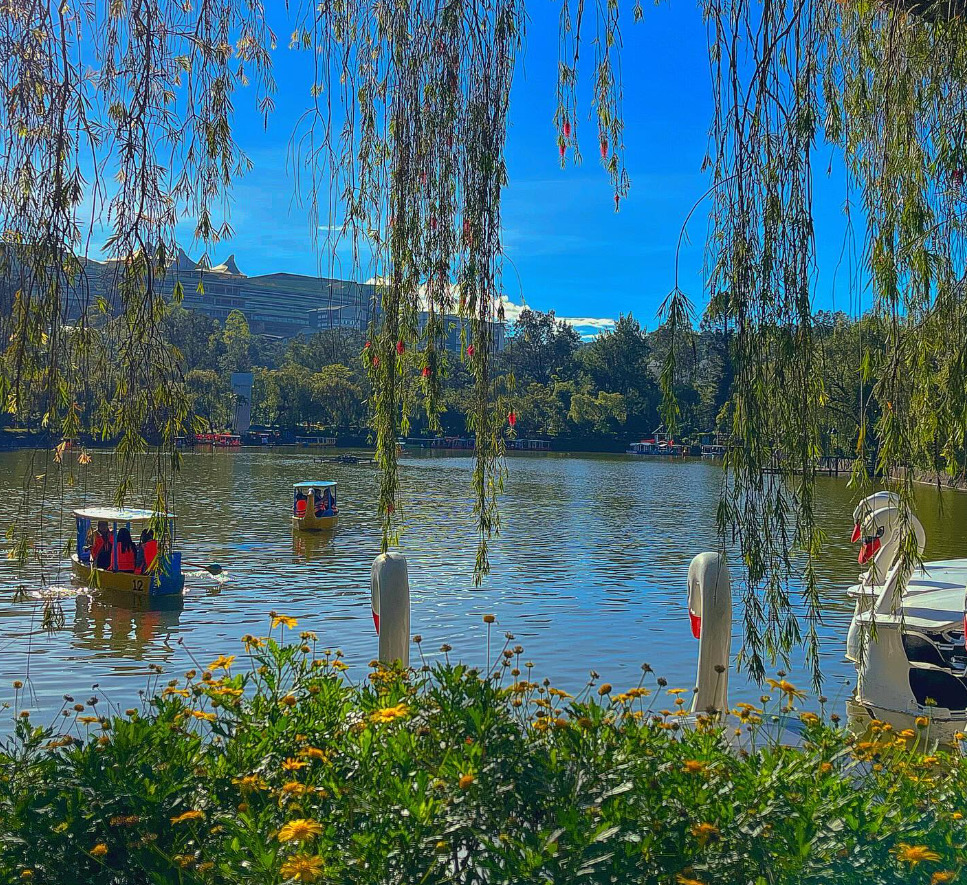
Burnham Park is a popular public park located in the heart of Baguio City. The park features a man-made lake, gardens, and various recreational activities such as biking, skating, and boating. Visitors can also enjoy a picnic or take a leisurely walk around the park.
Baguio Cathedral
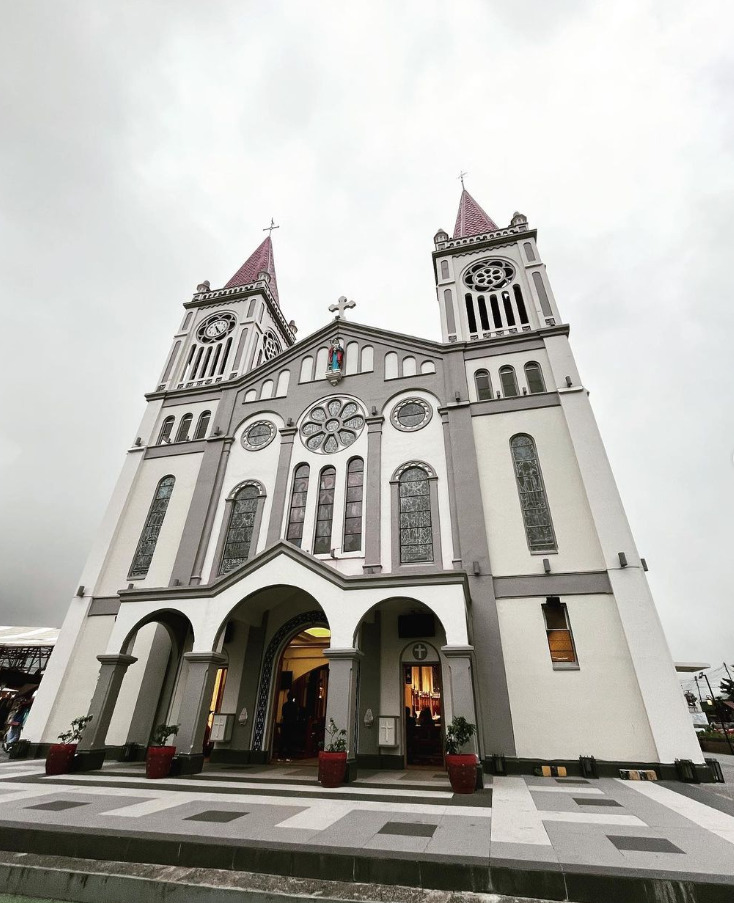
The Baguio Cathedral is a beautiful church located in the heart of Baguio City. The church was built in 1920 and is known for its rose-colored exterior and stained glass windows. Visitors can attend mass or simply admire the architecture of the church.
Camp John Hay
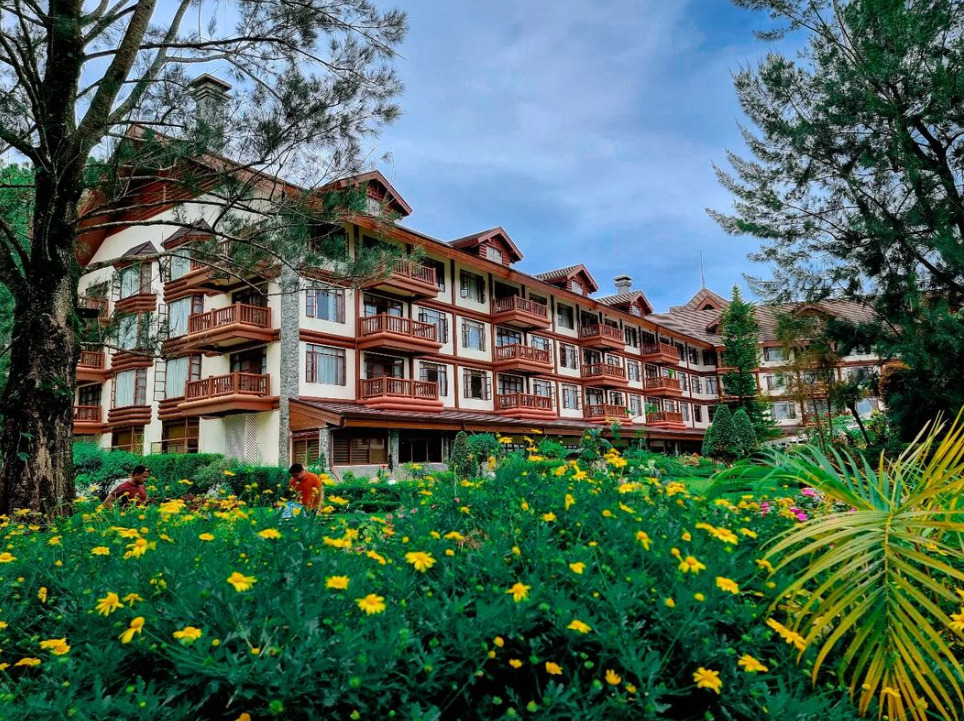
Camp John Hay is a former military base turned tourist attraction located in Baguio City. The area features various recreational activities such as golfing, horseback riding, and zip-lining. Visitors can also stay in one of the many lodges or hotels located within the camp.
Mount Pulag
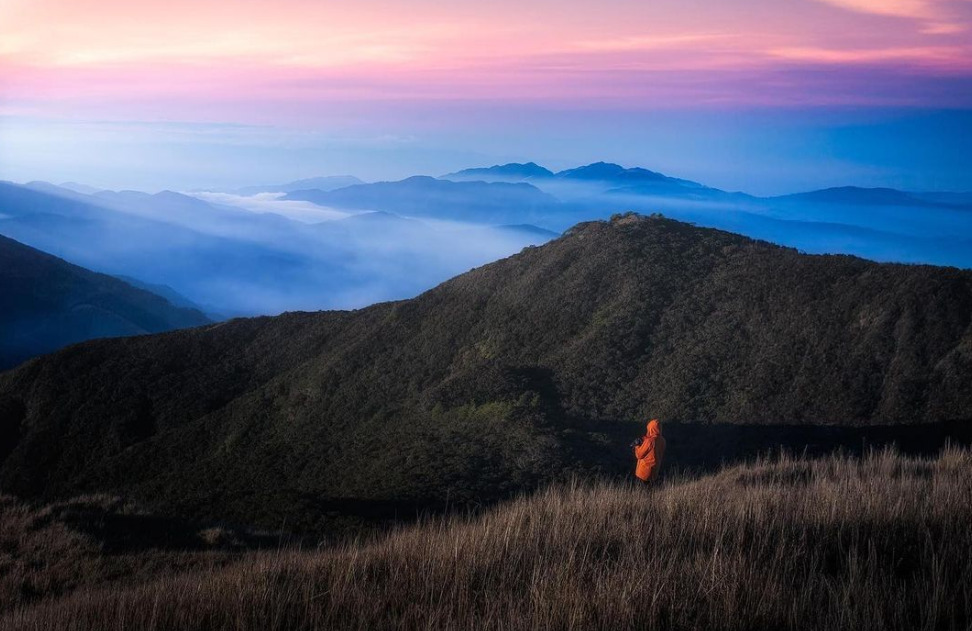
Mount Pulag is the highest peak in Luzon and is a popular hiking destination for both locals and tourists. The mountain is known for its beautiful sunrise and sea of clouds. Visitors can take a guided tour to the summit or camp overnight to experience the sunrise.
Tam-Awan Village
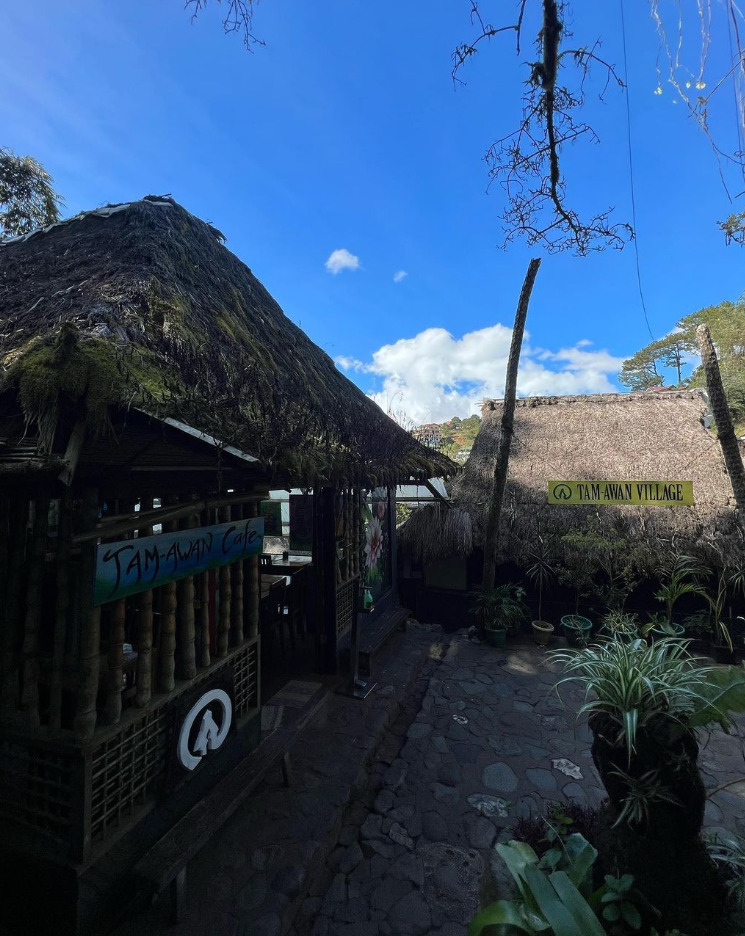
Tam-awan Village is a cultural village located in Baguio City. The village features traditional Ifugao huts and showcases the art and culture of the Cordillera people. Visitors can take a guided tour of the village and even participate in workshops to learn traditional crafts such as weaving and woodcarving.
Natural Wonders and Parks
The Cordillera Administrative Region is home to a number of natural wonders and parks that attract visitors from all over the world. From stunning waterfalls to majestic mountains, the region offers a wealth of outdoor activities for nature lovers.
Cagayan Valley
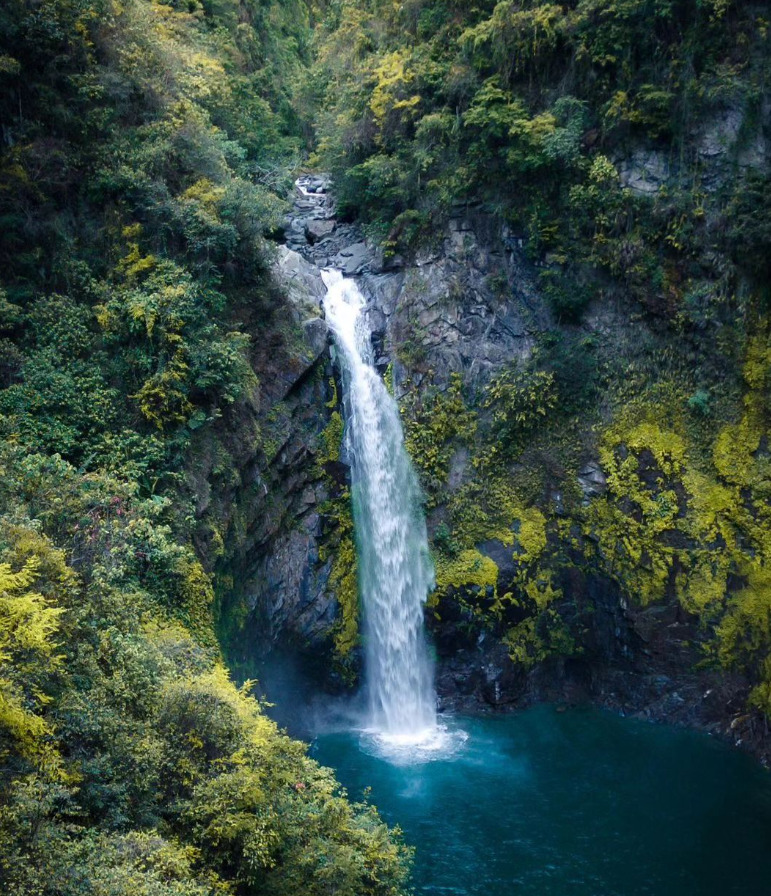
Cagayan Valley is a popular destination for visitors looking to explore the region’s natural beauty. The valley is home to a number of waterfalls, including the Tappiya Falls and the Palaui Falls. These stunning waterfalls offer visitors the opportunity to swim, hike, and take in the breathtaking scenery.
Abra River
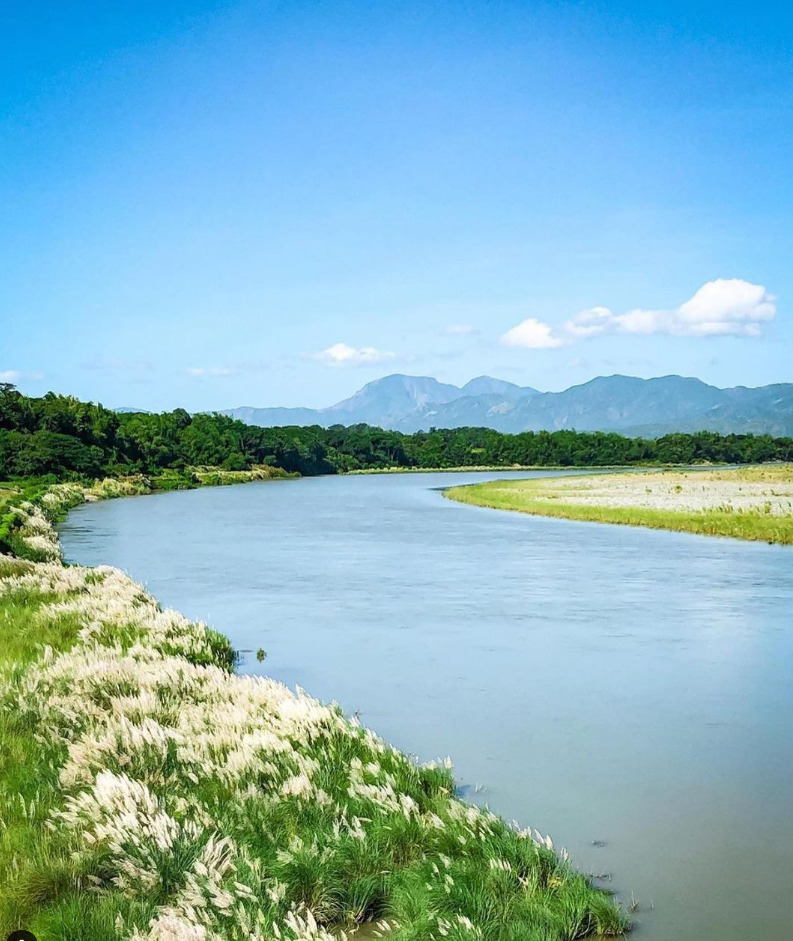
The Abra River is another popular destination for visitors to the region. The river is known for its crystal-clear waters and is a great spot for fishing, swimming, and kayaking. Visitors can also take a leisurely boat ride along the river and enjoy the stunning views.
Cordillera Mountains
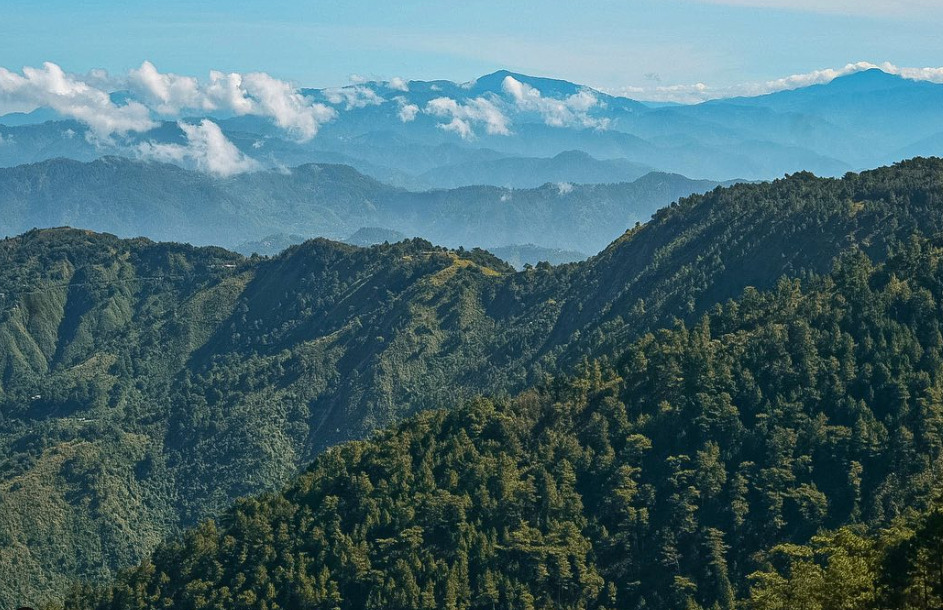
The Cordillera Mountains are a must-visit destination for anyone traveling to the region. The mountains offer a range of outdoor activities, including hiking, mountain biking, and rock climbing. Visitors can also take in the stunning views from the top of the mountains, which offer panoramic views of the surrounding area.
Whether you’re looking to explore the natural wonders of Cagayan Valley, take a dip in the crystal-clear waters of the Abra River, or hike to the top of the Cordillera Mountains, the Cordillera Administrative Region has something for everyone.
Historical and Cultural Sites
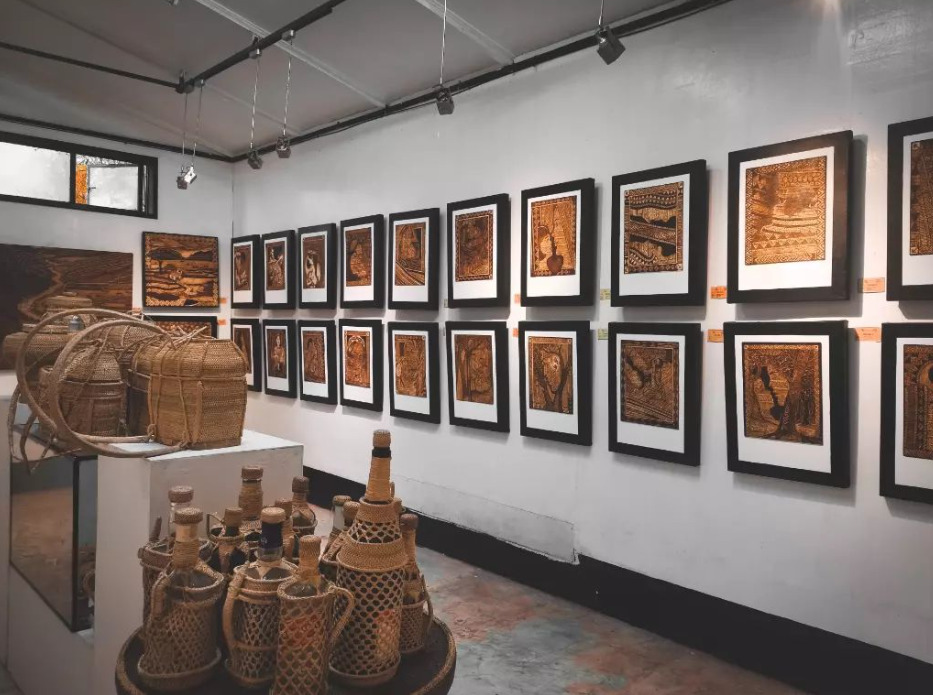
The Cordillera Administrative Region is home to many historical and cultural sites that offer a glimpse into the rich history and traditions of the region. Visitors can explore ancient burial sites, see the remnants of the Spanish colonial era, and pay their respects at war memorials.
One of the most significant cultural sites in the region is the Banaue Rice Terraces, a UNESCO World Heritage Site. These stunning terraces were carved into the mountains by the Ifugao people over 2,000 years ago and are still in use today. Visitors can hike through the terraces and learn about the Ifugao’s unique agricultural practices.
Another must-see attraction is the Tam-Awan Village in Baguio. This artist colony showcases the traditional architecture and customs of the Cordillera people. Visitors can take part in workshops and demonstrations on weaving, carving, and other traditional crafts.
For those interested in the region’s history, the Philippine War Memorial in Kiangan is a must-visit. This memorial honors the bravery of Filipino soldiers who fought against Japanese forces during World War II. Visitors can see artifacts and exhibits that chronicle the events of the war and pay their respects at the memorial.
Other historical sites in the region include the St. Mary’s Church in Sagada, which dates back to the Spanish colonial era, and the ancient burial sites in Sagada and Besao, where visitors can see the unique tradition of hanging coffins.
Unique Experiences
Hiking Mount Pulag
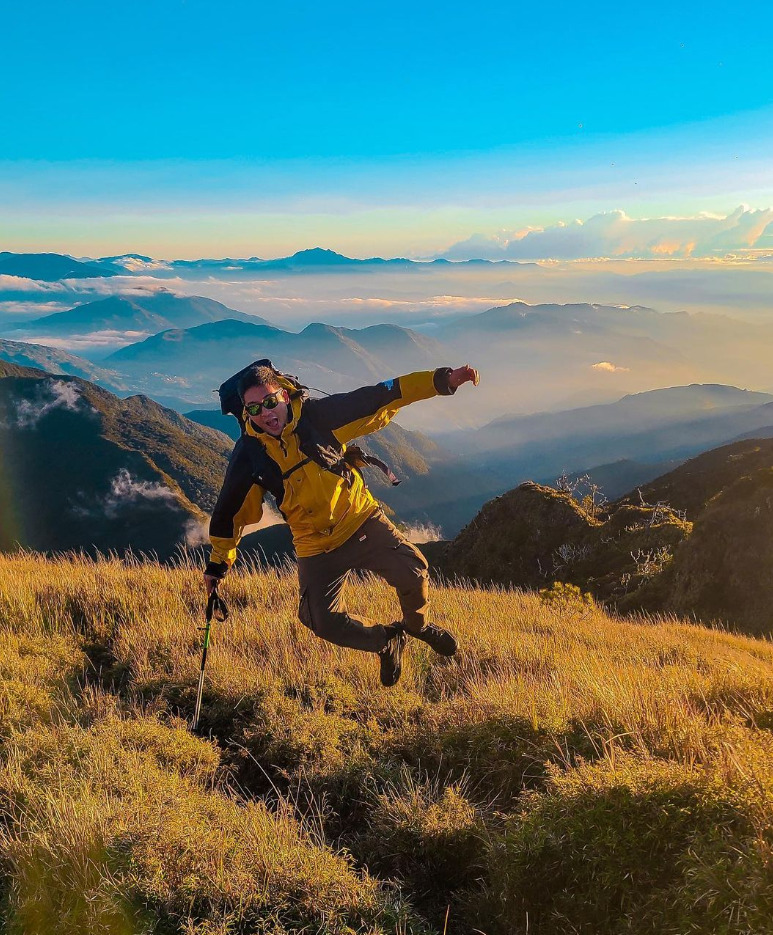
Mount Pulag is the highest peak in Luzon and is a popular hiking destination in the Cordillera Administrative Region. The mountain offers a unique experience for hikers as they can witness the sea of clouds and the sunrise from its summit. The hike to the summit is not easy, but the reward is worth it. Hikers need to be physically fit and prepared for the cold weather at the summit.
Visiting Mummy Caves
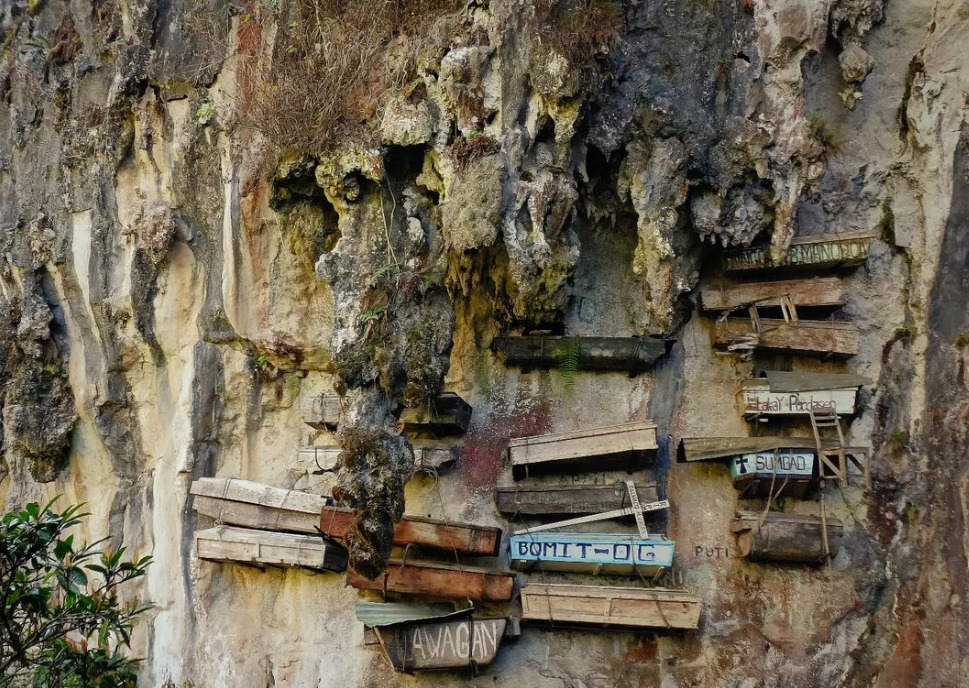
The Cordillera Administrative Region is home to mummy caves, where visitors can see ancient mummies preserved in their coffins. The caves are located in Sagada and are a unique experience for those interested in history and culture. The mummies are believed to be over 500 years old and are well-preserved due to the cold, dry climate of the caves. Visitors are advised to respect the mummies and the culture of the people who created them.
Strawberry Taho Tasting
Taho is a popular Filipino snack made from soft tofu, brown sugar syrup, and sago pearls. In Baguio City, visitors can try a unique version of taho made with fresh strawberries. The dish is called Strawberry Taho and is a must-try for foodies visiting the Cordillera Administrative Region. The dish is made by adding fresh strawberry puree to the taho and is a refreshing and delicious treat.
Travel Information
Best Time to Visit
The best time to visit Cordillera Administrative Region is during the dry season, which runs from November to April. During this time, the weather is cool and dry, making it ideal for outdoor activities and sightseeing. The months of December to February are particularly popular with tourists, but expect higher prices and crowds during this peak season.
Budget and Expenses
Cordillera Administrative Region is generally an affordable destination, with plenty of budget-friendly options for accommodation, food, and transportation. A daily budget of around PHP 1,500 to PHP 2,500 per person should be enough to cover basic expenses such as food, accommodation, and local transportation. However, prices may vary depending on the season and location.
Transportation
The most common mode of transportation in the Cordillera Administrative Region is by jeepney or bus. These are affordable and convenient options for getting around the region but be prepared for long travel times and crowded conditions. Taxis and private cars are also available for hire but expect to pay higher prices.
For those looking for a more adventurous way to explore the region, renting a motorbike or bicycle can be a great option. Just be sure to wear a helmet and be aware of the local traffic laws and customs.
When traveling between cities or provinces, there are also several options for long-distance transportation, including buses and vans. These can be booked in advance or at the local bus terminals.
Local Culture and Languages
The Cordillera Administrative Region is known for its rich cultural heritage and diverse languages. The region boasts a population of over 1.7 million people, with Baguio City serving as its regional center.
The Cordillera region is home to several indigenous tribes, each with its unique language and culture. Some of the prominent languages spoken in the region include Kankana-ey, Ibaloi, Ifugao, and Kalinga. Visitors can immerse themselves in the local culture by learning a few words of these languages or attending cultural events.
One of the best ways to experience the local culture is by buying souvenirs from the region. The Cordillera region is known for its intricate weavings, woodcarvings, and other handicrafts. Visitors can purchase these souvenirs from local markets and shops.
Flowers and horses are also an integral part of the Cordillera culture. The Panagbenga Festival, also known as the Baguio Flower Festival, is a celebration of the region’s blooming flowers. The festival features colorful parades, street dances, and other cultural events.
Horses are also an essential part of the Cordillera culture, with horseback riding being a popular activity in the region. Visitors can take guided horseback tours of the region’s scenic landscapes and learn about the local culture from experienced guides.
Food and Cuisine
The Cordillera Administrative Region in the Philippines is known for its unique and flavorful cuisine. The region’s cuisine is heavily influenced by its geography and climate, which is characterized by high altitude and cool temperatures. The Cordillera region is home to various indigenous tribes, each with its own distinct culinary traditions.
One of the most popular dishes in the Cordillera Administrative Region is pinikpikan, a soup made with chicken and etag, a type of smoked meat that has been cured and kept underground in earthen jars. Another must-try dish is the famous daing na bangus, a marinated milkfish that is dried and fried. The region is also known for its delicious pancit palabok, a noodle dish topped with shrimp, pork, and a flavorful sauce.
Visitors to the Cordillera Administrative Region should also try the region’s famous coffee. The region is known for producing high-quality coffee beans, which are grown in the high-altitude areas of the Cordillera mountains. The coffee is often brewed using traditional methods, such as the use of a clay pot, and is served with a side of rice cakes or other local delicacies.
Other popular Cordilleran dishes include:
- Pinuneg: a sausage made with pork blood and innards
- Kiniing: smoked meat made from pork, beef, or chicken
- Inasal na manok: grilled chicken marinated in a mixture of vinegar, soy sauce, and spices
- Bagnet: deep-fried pork belly that is crispy on the outside and tender on the inside
- Chicha: a fermented rice drink that is sweet and slightly alcoholic
Overall, the Cordillera Administrative Region’s cuisine offers a unique and flavorful experience that visitors should not miss.
